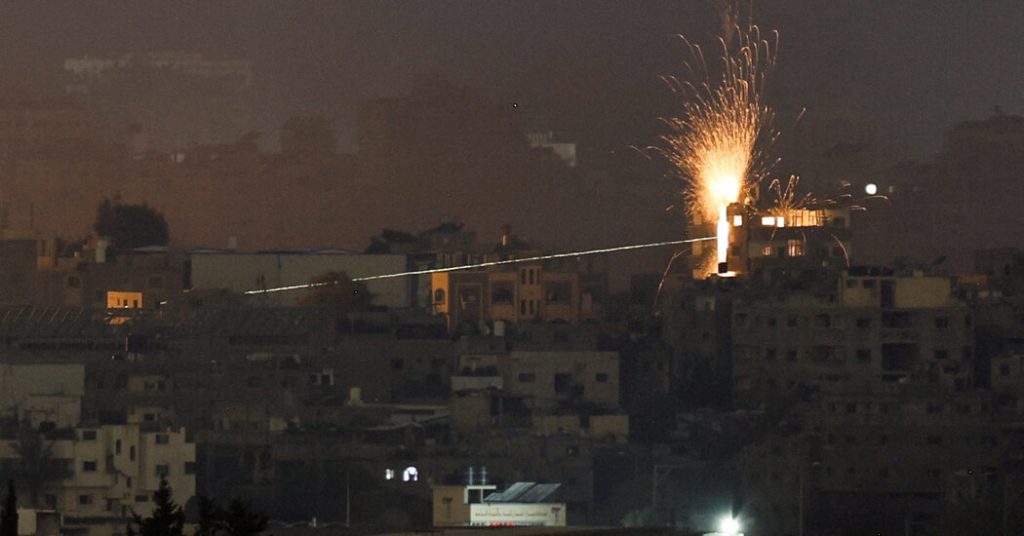The Israeli military intensified its operations in Gaza, focusing on what it considers to be Hamas’s last stronghold. Close-quarters combat between Hamas fighters and Israeli troops erupted in northern Gaza while attention was predominantly on the conflict in the southern city of Rafah. Despite Israel declaring areas cleared of Hamas, the militants continue to regroup and pose a persistent threat.
Secretary of State Antony J. Blinken expressed concern over Israel’s inability to establish a governance structure in Gaza, warning that this could lead to potential chaos and a resurgence of Hamas. The Israeli military claimed to have eliminated a number of fighters in Gaza City and targeted Hamas reassembly attempts in Jabaliya. Reports of fierce clashes between Hamas fighters and Israeli soldiers were broadcast by Palestine TV, showing civilians fleeing northern Gaza to escape the escalating violence.
In Rafah, where over a million Palestinians sought refuge since the conflict began in October, fears grew that Israel would launch a full-scale invasion. Despite international pressure, Israel continued its efforts to eradicate militants responsible for previous attacks. However, U.S. intelligence suggested that top Hamas leaders, including Yahya Sinwar, were not present in Rafah, potentially undermining the justification for a major military operation in the city.
As tensions rose in Gaza, the United Nations human rights chief criticized the deteriorating conditions, particularly in the north. Gazans in Rafah remained on high alert, with many fleeing the area to avoid a potential Israeli incursion. Israeli forces stepped up operations in Rafah, leading to mass displacement and warnings of a humanitarian catastrophe if a full invasion were to take place. The United States reiterated its opposition to such actions in a call with Israel’s defense minister.
On Memorial Day in Israel, citizens honored soldiers and victims of terrorist attacks, with a minute-long siren marking the solemn occasion. The conflict in Gaza has claimed thousands of lives on both sides, further fueling the ongoing cycle of violence and displacement. With internet service disruptions and medical facilities struggling to operate, the humanitarian crisis in Gaza continued to worsen. The situation remained highly volatile, with both military and civilian casualties mounting as the conflict persisted.


